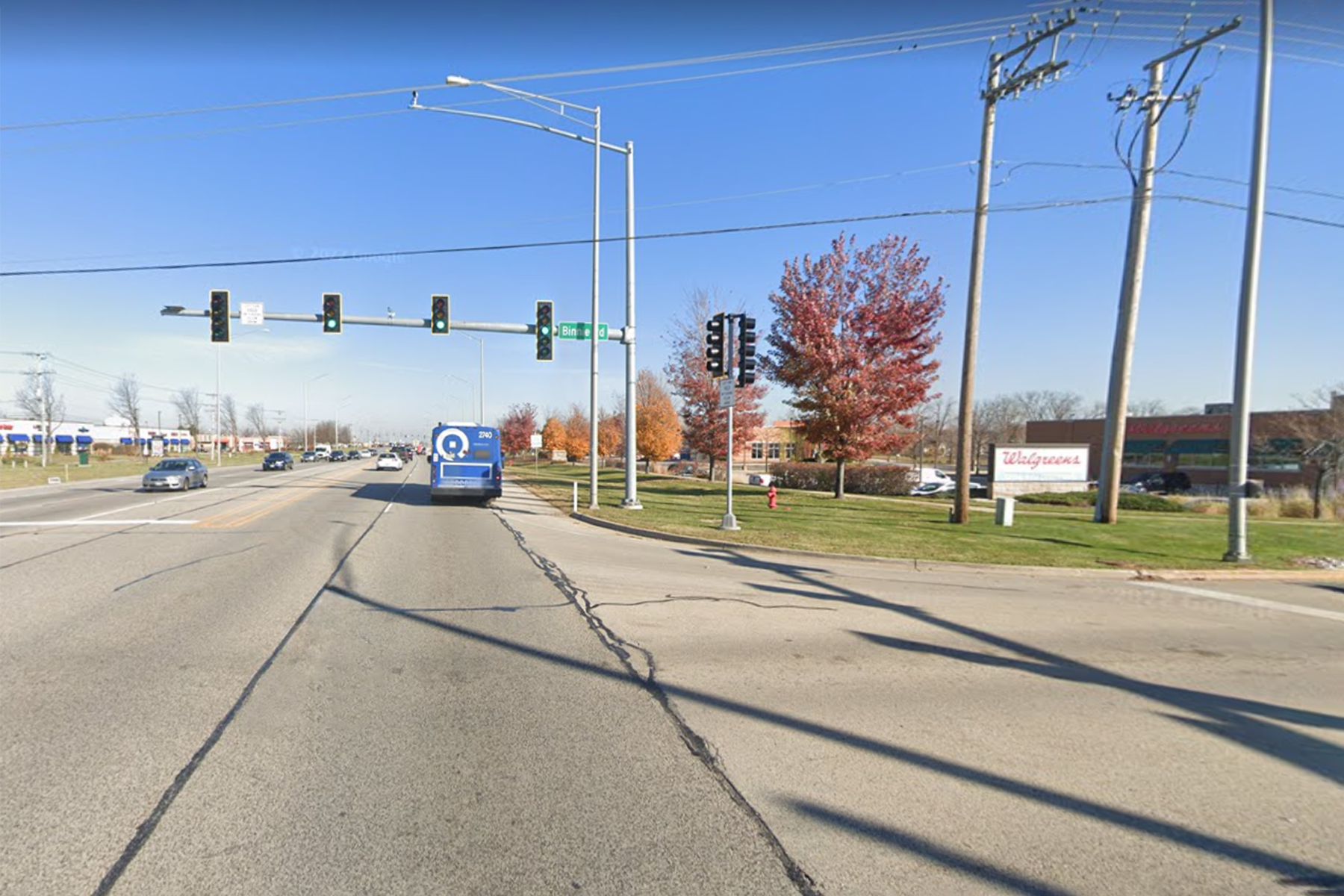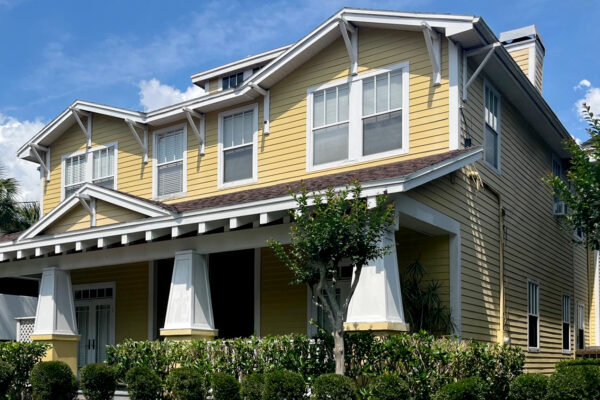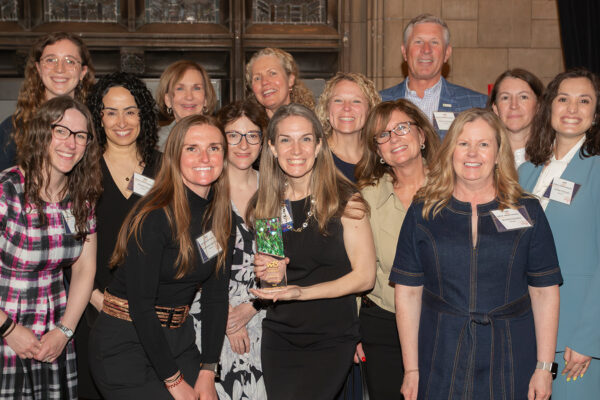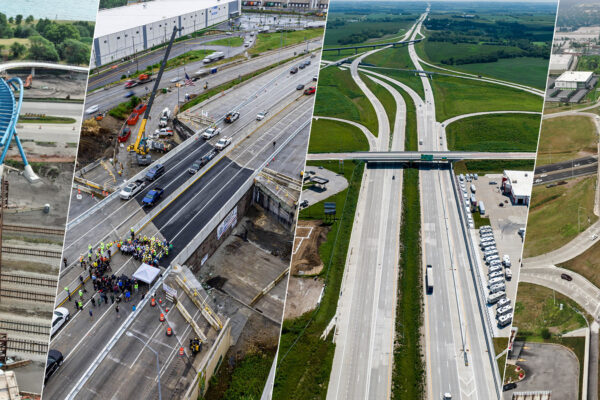Reimagining Suburban Roadways for Modern Communities

When suburban living took off, the infrastructure built to support the sprawl was designed to accommodate travel by car. Commuting from home to school, work, shopping centers and entertainment was expected to all be done with a personal vehicle. For decades, this was accepted. But as towns continue to grow and work to improve aging roadways, agencies are increasingly looking for opportunities to modernize infrastructure in a way that fits the needs of residents.
In this article, Planning and Preliminary Engineering Group Manager Jill Hayes shares the evolving landscape of suburban roadways and how small changes can have a big impact.
Understanding the Changing Needs
Before we start exploring how suburban roadways are evolving, I think it’s important to understand what is driving the calls for change. Originally, suburbs were characterized by single-family homes and sprawling subdivisions catering to middle-class families looking to escape crowded cities. Residential and commercial areas were kept separate, requiring residents to travel by car—the accepted and preferred mode of travel. Over the years, suburban populations grew, and demographics began to change. Now, more people, including older adults, young professionals and low-income households, are living in suburban settings and span a wide range of socio-economic backgrounds.
Because suburban areas were designed primarily for car travel, the infrastructure hasn’t necessarily kept up with the growing and changing needs of residents. Communities are now facing challenges like traffic congestion, limited mobility options for non-drivers and rising infrastructure maintenance costs.
Modernizing Transportation Networks
As a result of the growing populations and changing demographics, agencies are looking for ways to modernize transportation infrastructure without completely overhauling their roadway network. For many of our clients, this means working to incorporate multimodal elements as part of larger corridor improvement and/or reconstruction projects.
For example: while a project’s main goal may be to increase an intersection’s capacity for car travel, there is often now a secondary goal to make the intersection safer and more convenient for pedestrians. This typically looks like adding sidewalks and multiuse paths, incorporating crosswalks or even adding public transit access. These improvements don’t inhibit or discourage car travel by any means, but they do improve safety and mobility for more of the community. Plus, they support public health, reduce emissions, and make suburban communities more resilient and economically vibrant.

Change in Action: Randall Road Multimodal Improvements
Over the past several decades, the area around North Randall Road in Kane County, Illinois has seen rapid growth. The corridor is home to a variety of busy commercial centers, recreational facilities and residential areas. While it is one of the busiest local roadways for motorists, it’s not as accessible for today’s increased level of pedestrians, bicyclists and public transit users.
To better meet the needs of this changing area, the Kane County Division of Transportation (KDOT) engaged Benesch to conduct a preliminary engineering and environmental study to develop alternatives for the construction of new shared use paths and sidewalks, intersection signal upgrades and crosswalks, signage and other related improvements on Randall Road.
This project is a significant step toward providing full corridor connectivity. The improvements will help ensure that Randall Road serves as a safe, accessible and integrated transportation corridor for the growing needs of Kane County’s residents and visitors.
Overall, the changing demographics of suburban communities give us an exciting opportunity to rethink how we plan and design roadway improvement projects. By working to incorporate multimodal elements, we accommodate not just cars, but also pedestrians, cyclists and transit users. In the end, we are making it easier for all residents to access jobs, schools and services while easing traffic congestion and supporting healthier, more active lifestyles.
Across the country, Benesch works to provide quality-driven, community-minded and value-focused solutions that serve every user. Learn more about our services here and follow us on LinkedIn for first access to our insights articles.





